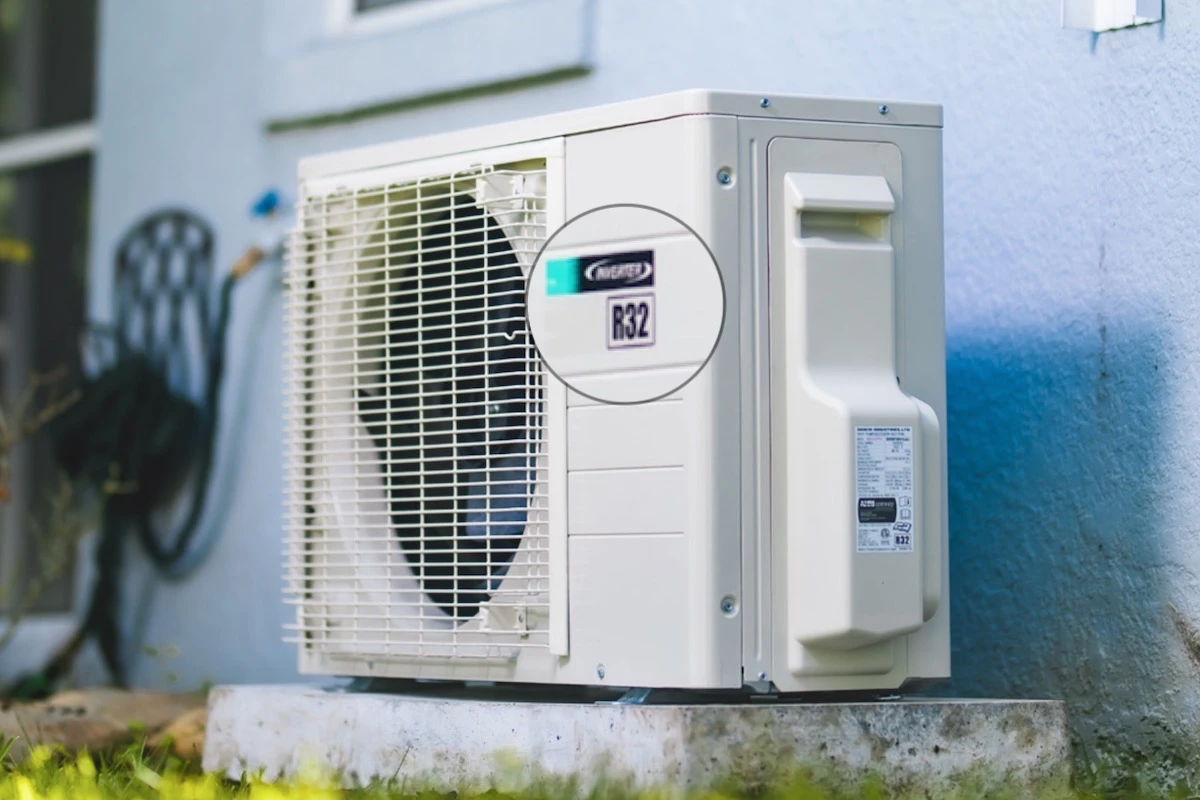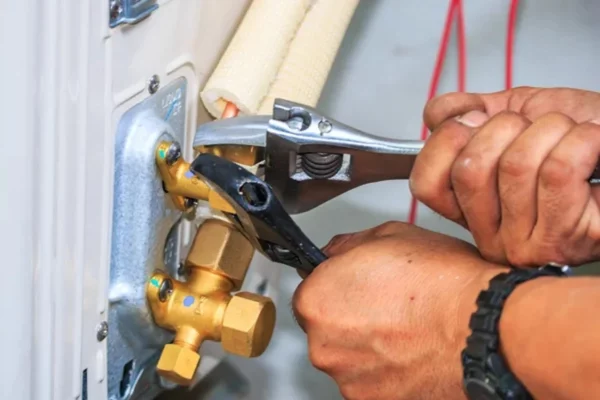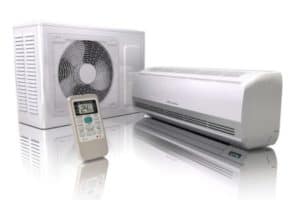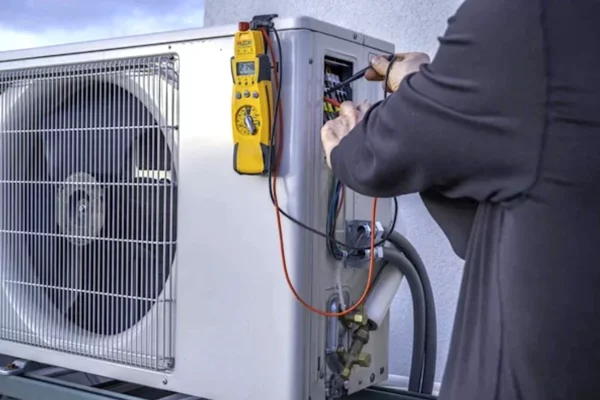R32 Mini Split System: Good or Bad?
Just when homeowners find R410A mini splits appealing and attempt to use them as the primary heating and cooling system for their house, R32 mini splits came along and they are said to be better than R410A mini splits. So, what is this R32 mini split all about?
R32 mini splits are mini splits that operate with R32 refrigerant. Compared to R410A, R32 refrigerant cause less harm to the environment. Additionally, R32 is a more efficient type of refrigerant. Hence, R32 mini splits perform better than R410A mini splits.
Although R32 refrigerant has many advantages over R410A, people back away for one critical reason. However, it is mostly due to a misunderstanding about the R32 refrigerant.
What is R32 Refrigerant?
R32 refrigerant is one of the refrigerants found in R410A. R410 is actually a mixture of two different refrigerants; 50% of R32 plus 50% of R125A.
The motivation behind the development of R32 refrigerant is due to greater consideration for the global environment (known as the Montreal Protocol). It was first developed by the Japanese air conditioner manufacturer, Daikin.
Here is a technical comparison between the 3 refrigerants used in mini split air conditioners:

By the way, if you want to learn more about mini split especially how to design it for your house, consider my Mini Split (eBook). You’ll learn what is Mini Split, how to choose and more importantly, spark more design ideas to improve the energy efficient of your house. But, if you need a second opinion or want someone to help you design, then you can consider my consultation service.
Consultation Service
Ask me for HVAC advice such as brand selection, best model, benefits, features, placement, duct size, grille size, how to design, design check, verification and other HVAC related queries.
Pros and Cons of R32 Mini Split System
R32 mini splits have their pros and cons, especially now since they’re relatively new compared to the widely-adopted R410A mini splits. Here are a few pros and cons of R32 mini split system:
Pros
- Better for the environment – R32 has a lower global warming potential than R410A.
- Better energy efficiency – R32 is more efficient than R410A on the chemical level.
- Easy transition – Mini splits with R32 use the same tools as R410A for installation.
- Similar working pressure – R32 mini split working pressure is almost identical to R410A.
- Cheaper refrigerant – The cost of R410A refrigerant will gradually rise.
Cons
- More expensive – R32 mini splits are new.
- Higher installation cost – Contractors are not familiar with R32 mini splits.
- Flammability – R32 is categorized as mildly flammable (A2L).
Should You Switch to R32 Mini Split Now?
As of writing, the only R32 mini split that is available in the United States is the Daikin Atmosphera. I believe R32 mini splits will gradually be introduced by other brands in the coming years.
For now, there is no rush to switch to R32 mini splits because the phasing out of R410A is PROPOSED to start in 2025. Besides, phase out does not mean you’re banned from using R410A mini splits; rather, R410A is prohibited in newly produced mini splits at the factory.
So, when the R410A phase out begins, there will still be a lot of stocks on R410A mini splits. The effect may be felt a few years later. The entire process is expected to last around 10 years. As time goes, the price of R410A refrigerant is expected to rise gradually.
Nonetheless, it is still in the proposal stage. R410A mini splits just recently spread in the United States and R32 mini splits can hardly be seen.
So, I think switching to R32 mini splits is more reasonable in 2024 or 2025, depending on the market and government enforcement. If you start to see a lot of R32 mini splits, it is a sign of a switch.
Can You Use R32 Instead of R410A?
Although the working pressure of R32 mini splits is very similar to R410A mini splits, it is not recommended to just fill R32 in an R410A-designed mini split.
Due to the properties of R32 refrigerant, mini splits have to be redesigned to accommodate R32 refrigerant. Putting R32 in an R410A mini split may violate some of the building codes out there.
In some places, HVAC technicians are trained to handle R32 refrigerant. This gives you a sense of the seriousness when we say do not put R32 in R410A mini splits.
My Thought on R32 Mini Splits
R32 mini splits are definitely the future. R32 is better for the environment and it is more efficient. Hence, government policies and incentives will make sure R32 mini splits are widely adopted.
Outside the United States, R32 mini splits are very popular. For instance, most mini splits (known as wall-mounted units) sold in the United Kingdom are using R32 refrigerant. In Malaysia where I live, almost 70% of the mini splits sold here come with R32 refrigerant.
Bottomline is, R32 is safe to use. R32 is better than R410A. In most places, R32 is a direct replacement of R410A but it doesn’t mean that you should put R32 in mini splits that are designed to run on R410A.
In the near future, air conditioners in most houses will be using R32 refrigerant and that’s us taking another step towards a brighter and greener future.
PS: I can’t wait to replace my existing R410A mini splits with new R32 models.
Lastly, consider my Mini Split (eBook) if you want to know how can you use Mini Split in your house. If you still have doubt or not feeling confident enough, feel free to consult me.
Consultation Service
Ask me for HVAC advice such as brand selection, best model, benefits, features, placement, duct size, grille size, how to design, design check, verification and other HVAC related queries.
If you have anything to add (or ask) about this topic, leave a comment down below!








